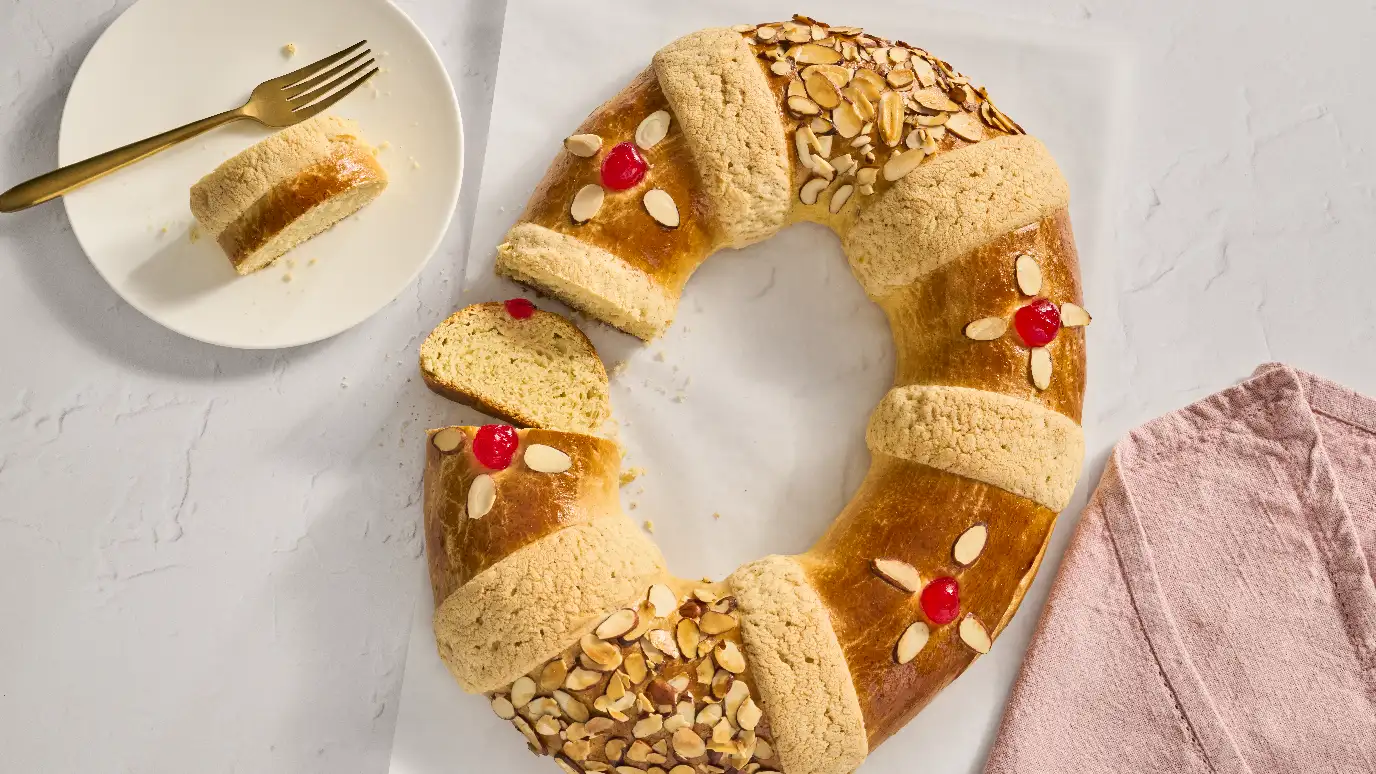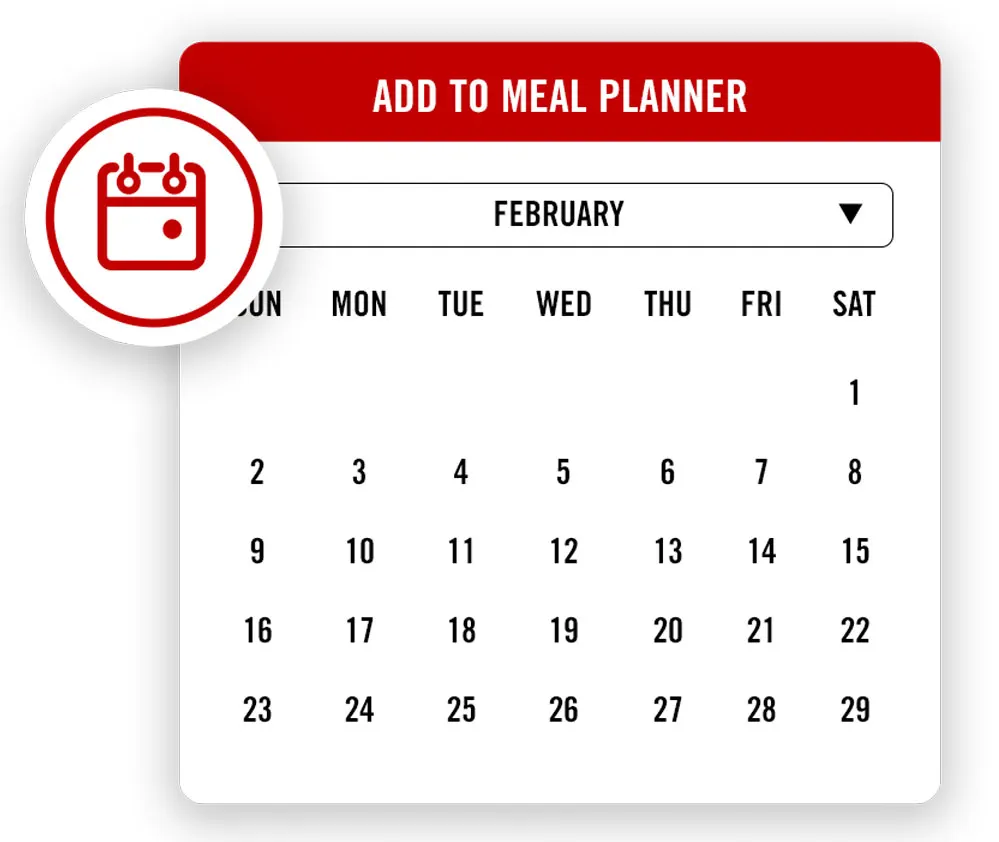While the chill of winter still lingers in the air, people are gearing up to warm their hearts and homes with the vibrant spirit of Mardi Gras. And no celebration is complete without the iconic King Cake.
This sweet treat, steeped in history and symbolism, is a hallmark of the Mardi Gras season, tantalizing taste buds and captivating hearts. That's because the King Cake is more than just a delicious treat — it's a cultural icon and a symbol of community and the joyous revelry that defines the Carnival season.
Let’s find out more about the background and traditions that make this tasty pastry a true treasure of the season.
What is King Cake?
King Cake is typically served from January 6 (known as Epiphany or Three Kings Day) until Fat Tuesday, the last day of “Carnival."
Nestled inside is an exciting and meaningful surprise: a small plastic baby, typically representing the baby Jesus. This tiny token originated from the Biblical story of the three Wise Men, who traveled to Bethlehem to give gifts to the newborn king. Epiphany is celebrated on the twelfth day after Christmas, commemorating their arrival in Bethlehem.
According to tradition, the baby is hidden within the dough before baking, and whoever receives the slice with the baby is said to have good luck and prosperity. However, they are also typically tasked with hosting the next King Cake party or at least providing the treat the following year.
King Cake babies can usually be found at craft or party stores. Since they are made of plastic, many bakers decide to wedge the baby in after it’s out of the oven. And since it could present a choking hazard, you may prefer to try an edible token, such as a wedge of citrus.
Decorating the King Cake
Given its association with Mardi Gras, the cake is typically covered in a glaze and sprinkled with purple, green and gold frosting, sprinkles, sugars or edible glitter. These customary Mardi Gras colors symbolize justice, faith and power, respectively. The vibrant colors add a festive touch to the cake, making it a stunning centerpiece for any gathering.
In addition to the colorful sugars or icing, some King Cakes can also be decorated with other symbols of Mardi Gras, such as crowns and masks, or even draped with beads. These beautiful decorations make the King Cake a treat for both the taste buds and the eyes.
How to Make King Cake
While you can buy a King Cake from a bakery, it’s more fun to make your own — especially with this shortcut version.
EASY CRESCENT DOUGH KING CAKE
This King Cake recipe comes together quickly, thanks to refrigerated crescent dough sheets. The filling consists of velvety cream cheese and McCormick All Natural Pure Vanilla Extract, which you’ll sprinkle with a blend featuring the warmth of McCormick Ground Cinnamon and the richness of brown sugar. Before baking, create the iconic braided circular shape, then after use sugars or other decorations to add celebratory whimsy.
What is a Rosca de Reyes?
While King Cakes are typically associated with New Orleans and Mardi Gras, Rosca de Reyes is a beloved tradition in many Latin American countries, particularly in Mexico and Spain.
A Rosca de Reyes, which translates to “Wreath of the Kings,” is a Mexican sweet bread typically served on January 6, Three Kings' Day (Día de Reyes), to celebrate the arrival of the Magi to Bethlehem.
Also known as “Three Kings Bread,” it is usually decorated with dried candied fruits and nuts to resemble a jeweled crown. Like the King Cake, it typically contains a small figurine of a baby, representing the baby Jesus, hidden inside the dough. If you find the token in your slice, tradition says you are responsible for making tamales and hosting a party on Día de la Candelaria, also known as the Presentation of Jesus Christ, on February 2.
ROSCA DE REYES RECIPE
This recipe is rich in flavor and texture, infused with the spice of McCormick Ground Cinnamon and the brightness of McCormick Pure Orange Extract. While the dough's preparation requires some time and effort, the result is a satisfying confection well worth your investment. Once baked, you’ll finish your Three Kings Bread with a light glaze, adding a touch of sweetness and shine, and then garnish it with colorful candied dried fruit, such as cherries, figs, oranges, lemons, mango or pineapple.










